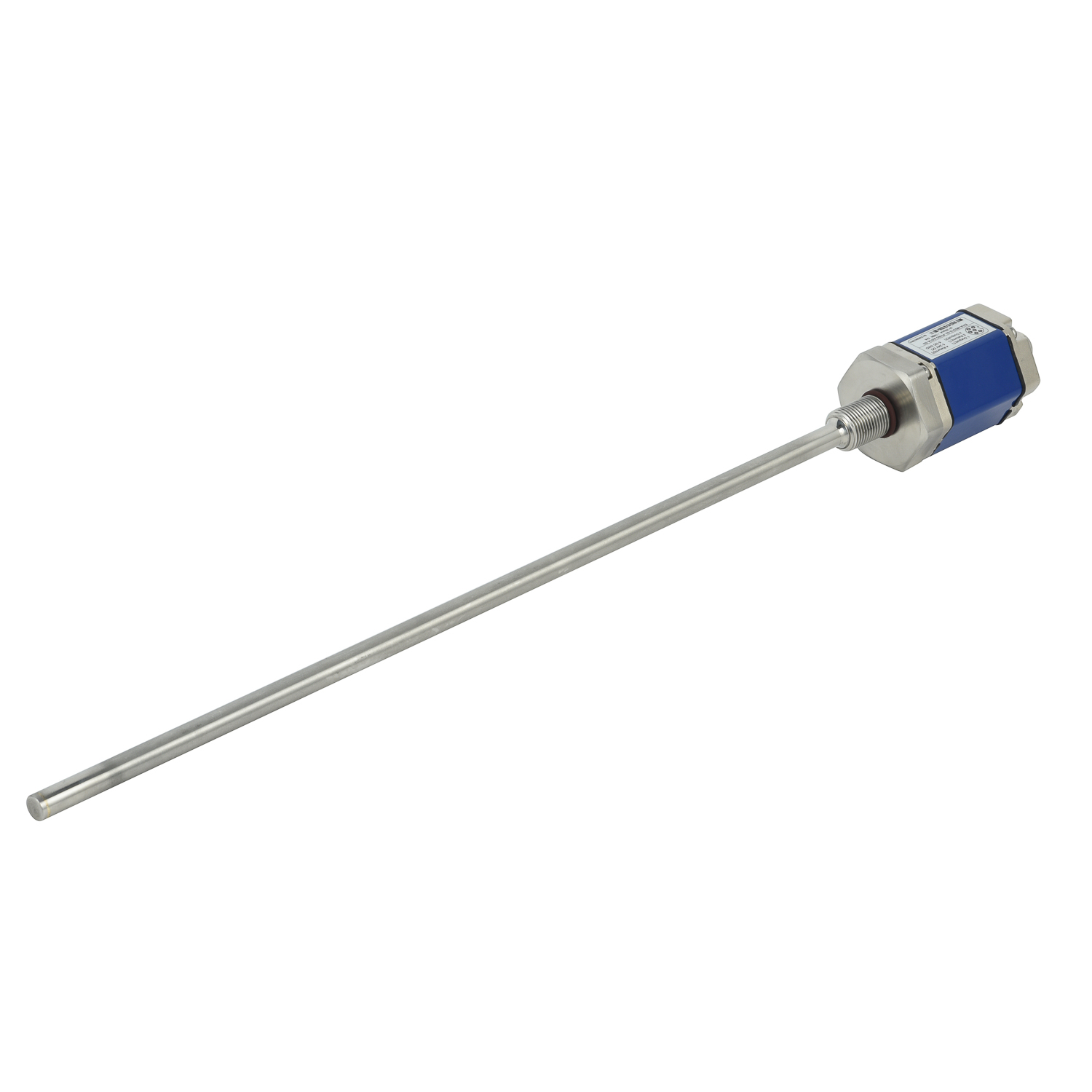Are magnetostrictive sensors suitable for liquid level measurement?
When it comes to industrial process control and inventory management, accurate liquid level measurement is paramount. Among the various technologies available, magnetostrictive sensors have emerged as a sophisticated solution that combines precision with reliability. These sensors utilize the magnetostrictive principle to deliver continuous level data for both liquids and interfaces between immiscible fluids. Their non-contact measurement technique and robust construction make them particularly valuable in demanding industrial environments where accuracy cannot be compromised.
Understanding Magnetostrictive Technology
Magnetostrictive level sensors operate on a fascinating physical principle where a ferromagnetic material changes shape when subjected to a magnetic field. The core components include a waveguide wire, a float containing permanent magnets that moves with the liquid level, and an electronic transducer. The system works by generating a current pulse that travels down the waveguide, creating a circumferential magnetic field. When this field interacts with the magnetic field from the float-mounted permanent magnet, it creates a torsional stress wave that travels back to the sensor head at ultrasonic speed. By precisely measuring the time difference between the current pulse initiation and the return wave detection, the sensor calculates the exact position of the float and thus the liquid level with remarkable accuracy, typically within millimeters.
Key Advantages for Liquid Applications
The superiority of magnetostrictive sensors for liquid level measurement becomes evident when examining their distinct advantages. These devices offer exceptional accuracy, often within ±0.05% of full scale, making them ideal for custody transfer applications and precise process control. Unlike capacitive or ultrasonic sensors, magnetostrictive technology is largely unaffected by changes in dielectric constant, density, temperature, or pressure within specified ranges. Their continuous analog output provides real-time level data rather than point level detection, while the non-contact nature of the measurement means there's no mechanical wear between the float and waveguide. Additionally, these sensors require minimal calibration and maintain long-term stability, reducing maintenance needs while providing reliable service in tanks, reservoirs, and process vessels across industries.
Comparison with Alternative Level Measurement Technologies
When evaluated against other liquid level measurement methods, magnetostrictive sensors present compelling benefits. Compared to ultrasonic sensors, they are not affected by vapor, foam, or changing acoustic properties of the liquid. Unlike radar level sensors, magnetostrictive devices are typically more cost-effective and not susceptible to interference from internal obstructions. They outperform float switches by providing continuous measurement rather than simple point level detection. While hydrostatic pressure sensors measure level based on liquid head pressure, magnetostrictive sensors aren't affected by specific gravity changes and provide direct measurement rather than calculated level. However, they do require a float that must move freely, which may not suit applications with heavy viscosity or clinging products.
Ideal Applications and Implementation Considerations
Magnetostrictive sensors excel in specific liquid level measurement scenarios that leverage their strengths. They are particularly well-suited for interface level measurement between two immiscible liquids, such as oil and water, where they can simultaneously detect both levels. These sensors perform exceptionally in clean liquid applications including fuel storage, chemical processing, pharmaceutical manufacturing, and food and beverage production. Their high accuracy makes them valuable for inventory management and custody transfer operations where measurement uncertainty directly impacts financial transactions. When implementing magnetostrictive sensors, considerations should include chemical compatibility of wetted materials, temperature and pressure ranges, required accuracy, and the need for redundant measurements in critical applications. Proper installation is crucial, ensuring the sensor is correctly positioned away from inlet flows and agitation that could affect float movement.
Maintenance and Operational Longevity
The operational reliability and maintenance requirements of magnetostrictive sensors contribute significantly to their suitability for liquid level measurement. These sensors are known for their long service life, often exceeding a decade with proper installation and routine verification. Maintenance typically involves periodic verification checks against manual measurements and visual inspection of the float and guide mechanism. The electronics are generally sealed and require no regular calibration under normal operating conditions. For applications with potential buildup, some designs include clean-in-place capabilities or mechanical wiping systems. The robust construction of magnetostrictive sensors, often featuring stainless steel components and hermetically sealed electronics, ensures performance in harsh environments including those with vibration, temperature fluctuations, and potentially explosive atmospheres when properly rated.
Future Developments and Industry Adoption
The evolution of magnetostrictive sensor technology continues to enhance their suitability for liquid level measurement. Recent advancements include improved signal processing algorithms that further enhance accuracy and reliability, especially in challenging conditions with turbulence or slight foam layers. Integration with digital communication protocols like HART, Foundation Fieldbus, and Profibus PA allows for seamless incorporation into modern industrial automation systems. Wireless versions are emerging that maintain the precision of wired sensors while reducing installation costs. The technology is gaining increased adoption in industries requiring high-accuracy measurement, with particular growth in renewable energy sectors for biodiesel and chemical storage, water treatment facilities, and specialized pharmaceutical applications where validation and documentation capabilities are essential.

 UpgradingYourLevelMeasurementS
UpgradingYourLevelMeasurementS
 Why are magnetostrictive level
Why are magnetostrictive level
 ComparingMagnetostrictiveandRa
ComparingMagnetostrictiveandRa
 MagnetostrictiveLevelSensorfor
MagnetostrictiveLevelSensorfor
